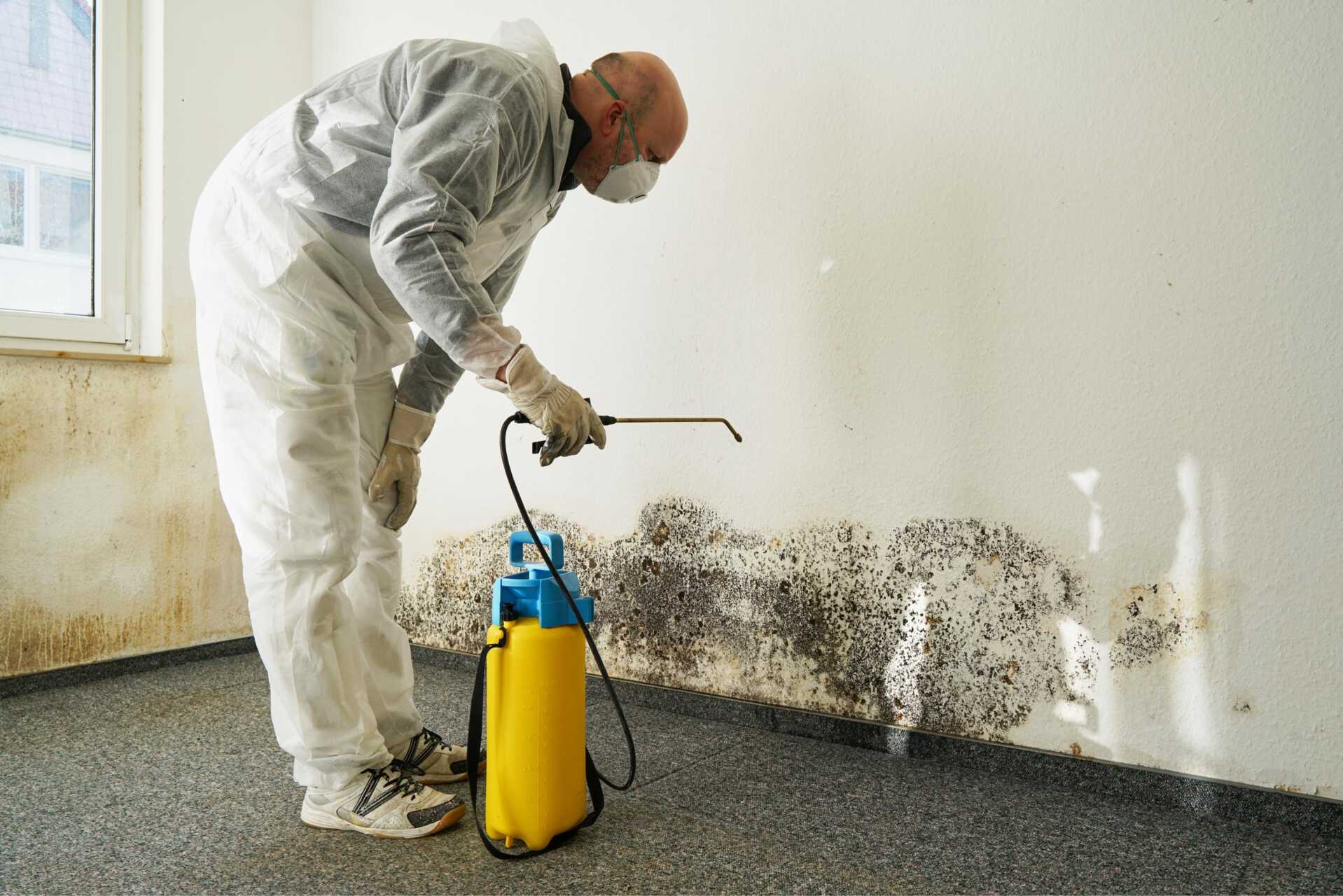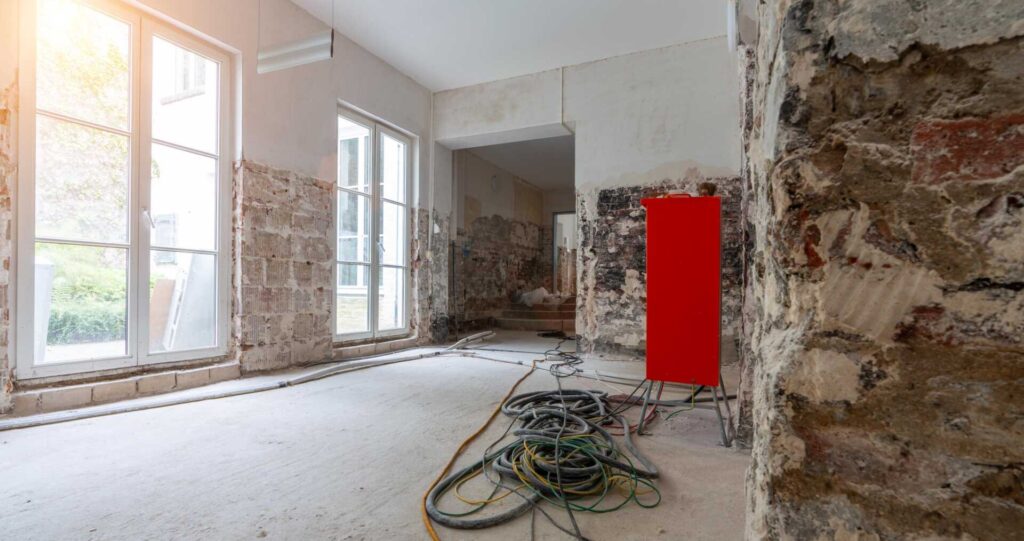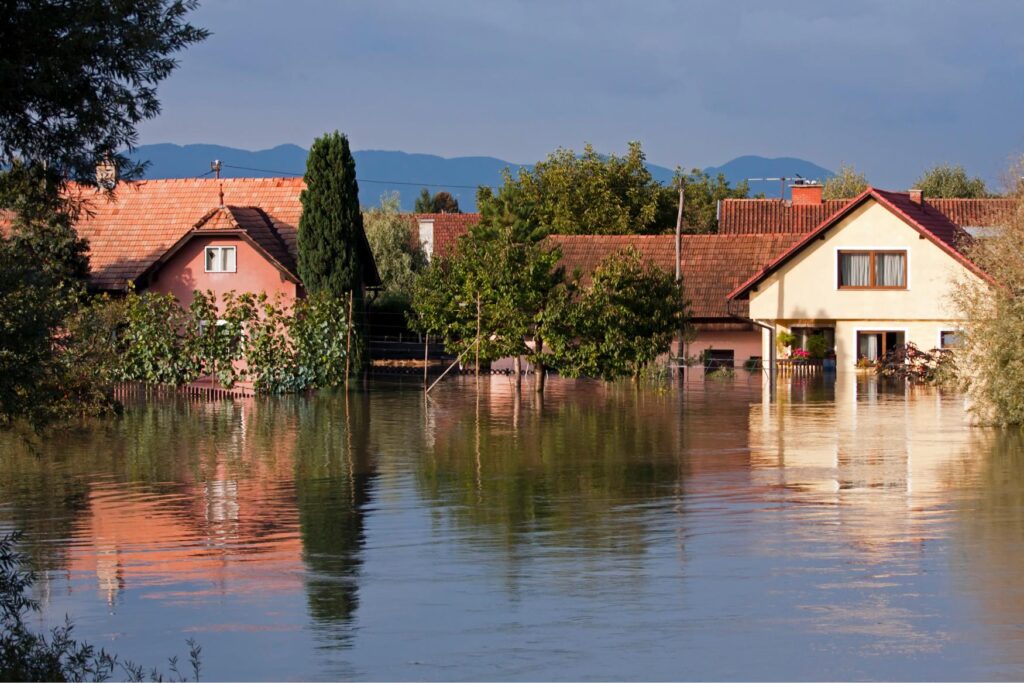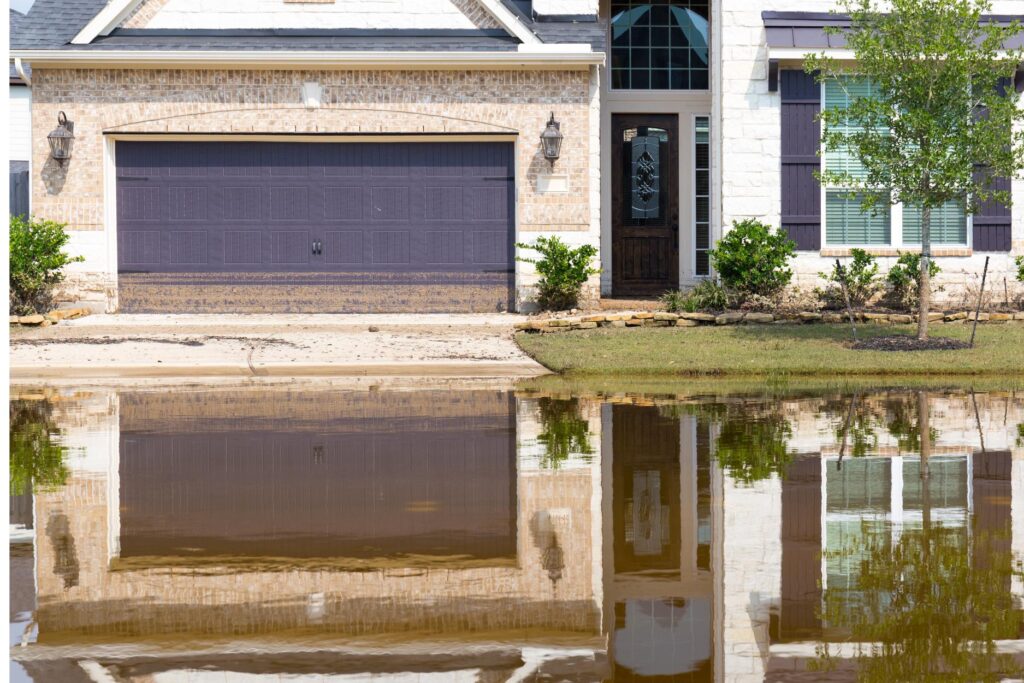Contents
If you’ve encountered mold growth post-water damage, it’s important to address it promptly using proven methods. The aftermath of water damage can be challenging, but with the right approach, you can effectively tackle mold removal. By understanding the details of these seven techniques, you’ll be equipped to handle mold remediation like a pro. So, are you ready to discover the secrets to successful mold removal and ensure a healthy indoor environment for you and your loved ones?
Inspection and Assessment
When beginning the crucial step of “Examination and Evaluation” after water damage, it’s important to conduct a thorough scrutiny of the affected area. Start by visually scrutinizing the site to pinpoint any visible indications of water damage, such as staining, distortion, or fungi growth. Take note of any stale smells, moisture, or stagnant water, as these can be signals of concealed problems.
Subsequently, utilize moisture gauges and infrared cameras to identify moisture levels within walls, ceilings, and floors. Elevated moisture levels can lead to fungi growth and structural harm if not adequately addressed. Focus particularly on areas susceptible to water damage, like basements, bathrooms, and locations near plumbing fixtures.
Record your observations through images and detailed records. This record will be beneficial for insurance claims and fungi remediation professionals. Remember to wear suitable personal protective gear, such as gloves and a respirator, to ensure your safety throughout the examination process.
Lastly, seek advice from a certified fungi inspector or water damage restoration specialist to obtain a thorough evaluation of the situation. They can offer expert advice on the essential steps to take for fungi removal and water damage restoration. By conducting a meticulous examination and evaluation, you can effectively tackle water damage and avoid additional problems from emerging.
Containment and Moisture Control
To effectively manage the aftermath of water damage and prevent further spread of mold, implementing proper containment measures and controlling moisture levels are essential steps.
Containment involves isolating the affected area to prevent mold spores from dispersing to uncontaminated zones. Seal off the area using plastic sheeting and tape, creating a barrier that limits the spread of mold during removal. Additionally, consider using air scrubbers equipped with HEPA filters to capture airborne spores and maintain air quality.
Moisture control is equally critical in mold remediation. After water damage, ensure thorough drying of the affected area within 24-48 hours to inhibit mold growth. Use dehumidifiers and fans to reduce humidity levels and promote faster drying. Monitor moisture levels with a moisture meter to confirm that the area is adequately dry before proceeding with mold removal.
Inspect hidden areas like wall cavities and under flooring for lingering moisture, as these spots can harbor mold growth if left unchecked. Address any sources of ongoing moisture, such as leaks or condensation, to prevent future mold issues. By implementing proper containment measures and controlling moisture levels, you can effectively manage mold growth after water damage and safeguard your living environment.
Mold Removal and Disposal
When it comes to mold removal and disposal, ensuring proper disposal methods and safe removal techniques is essential.
You need to be meticulous in handling the removal process to prevent the spread of spores and potential health hazards.
Proper Mold Disposal
Proper mold disposal is an important step in the process of mold removal and remediation. When handling mold-infested materials, it’s vital to follow specific guidelines to ensure safe and effective disposal. Here are some significant points to take into account:
Seal Off Contaminated Items: Wrap moldy materials securely in plastic bags to prevent the spread of spores during removal.
Label for Awareness: Clearly mark disposed items as mold-contaminated to alert others of potential hazards.
Dispose Responsibly: Follow local regulations for proper disposal methods to protect the environment and public health.
Monitor Health: Be attentive for any lingering symptoms of mold exposure post-disposal and seek medical attention if necessary.
Safe Removal Methods
Assure the safety and effectiveness of your mold removal and disposal process by implementing proper techniques. When removing mold, always wear protective gear such as gloves, goggles, and a mask to prevent exposure to harmful spores.
Before starting, confirm proper ventilation in the area by opening windows or using fans to reduce the concentration of mold spores in the air. Use a HEPA vacuum to clean surfaces and remove any visible mold growth, ensuring thorough cleaning of all affected areas.
Once the visible mold is removed, disinfect surfaces with a solution of water and detergent. For porous materials like drywall or insulation that can’t be adequately cleaned, it’s best to dispose of them properly to prevent mold regrowth.
Seal the removed mold and contaminated materials in heavy-duty plastic bags before disposing of them to prevent spreading mold spores. By following these safe removal methods, you can effectively eliminate mold and protect your home from further damage.
HEPA Air Filtration
When dealing with mold removal after water damage, incorporating HEPA air filtration systems can greatly aid in capturing airborne mold spores and other contaminants.
The benefits of HEPA filters lie in their ability to trap particles as small as 0.3 microns with high efficiency, ensuring cleaner air quality in the affected area.
Proper air circulation facilitated by HEPA filtration is essential to prevent the spread of mold spores and maintain a healthier environment during the remediation process.
HEPA Filter Benefits
To effectively remove mold spores and improve indoor air quality after water damage, utilizing HEPA filters provides significant benefits. HEPA filters are highly efficient at trapping even the tiniest particles, making them essential in the restoration process. Here are some reasons why HEPA filters are vital for mold removal:
Enhanced Air Quality: HEPA filters capture particles, ensuring cleaner air for you and your family.
Reduced Allergens: By trapping allergens like mold spores, HEPA filters can help alleviate allergy symptoms and respiratory issues.
Prevention of Cross-Contamination: HEPA filters prevent mold spores from spreading to other areas of the house, containing the damage.
Peace of Mind: Knowing that HEPA filters are efficiently removing mold spores can provide a sense of security and comfort during the restoration process.
Proper Air Circulation
For best mold removal efficiency and air quality improvement post-water damage, incorporating proper air circulation through HEPA air filtration is essential. HEPA (High-Efficiency Particulate Air) filters are designed to trap even the smallest particles, including mold spores, ensuring cleaner air. By using HEPA air filtration systems, you can reduce the presence of mold spores in the air to a great extent, aiding in the mold remediation process and preventing potential health issues associated with mold exposure.
To better understand the benefits of proper air circulation using HEPA filters, consider the following comparison:
| Traditional Air Filters | HEPA Air Filters |
|---|---|
| Capture larger particles | Trap particles as small as 0.3 microns |
| Less effective for mold spores | Highly effective at capturing mold spores |
| It may not improve air quality significantly | Improve air quality by removing mold spores to a great extent |
Incorporating HEPA air filtration into your mold removal process can make a substantial difference in the air quality of your space and the effectiveness of mold remediation efforts.
Cleaning and Sanitizing
Properly cleaning and sanitizing the affected areas after water damage is essential to prevent mold growth and secure a safe living environment. When it comes to cleaning and sanitizing, attention to detail is key. Here are some necessary steps to ensure thorough restoration:
Use a Mold Cleaner: Choose a mold cleaner specifically designed to address mold spores and prevent regrowth. This will clean the visible mold and tackle any hidden spores.
Scrubbing and Disinfecting: Scrub all hard surfaces with a brush or sponge using a mixture of water and detergent. After cleaning, disinfect the area with a solution of water and bleach to eliminate any remaining mold spores.
Cleaning Carpets and Fabrics: If carpets or fabrics have been affected by water damage, it’s essential to clean and sanitize them thoroughly. Consider using a carpet cleaner with a mold-fighting solution or seek professional cleaning services.
Ventilation and Drying: Proper ventilation is necessary during the cleaning process. Open windows and use fans to ensure sufficient airflow. Additionally, make sure that all surfaces are completely dry to prevent mold from regrowing.
Drying and Dehumidification
A critical aspect of post-water damage restoration is the thorough process of drying and dehumidification. After water damage, it’s crucial to dry out affected areas promptly to prevent mold growth. Begin by opening windows and using fans to increase air circulation. Dehumidifiers are also valuable tools that help remove excess moisture from the air, aiding in the drying process.
To effectively dry out spaces, focus on porous materials like carpets, drywall, and upholstery. These materials can retain moisture and become breeding grounds for mold if not properly dried. Use specialized equipment like wet vacuums to extract water from carpets and dehumidifiers to pull moisture from the air.
Additionally, removing baseboards can facilitate the drying of walls and prevent hidden pockets of moisture.
When drying, pay attention to hidden or hard-to-reach areas like wall cavities and under flooring. Moisture can linger in these spaces, leading to mold growth if left untreated. Inspect thoroughly and consider using infrared cameras to identify moisture pockets that are not visible to the naked eye.
Prevention and Maintenance
To maintain the effectiveness of drying and dehumidification efforts post-water damage, focusing on prevention and maintenance is essential. Preventing future water damage is vital in safeguarding the longevity of your home and the health of its inhabitants. Here are some essential maintenance tips to help you keep mold at bay:
Regular Inspections: Conduct routine checks for leaks, water stains, or any signs of moisture buildup in your home. Early detection can avert extensive water damage.
Proper Ventilation: Ensure adequate ventilation in areas prone to moisture, such as bathrooms, kitchens, and basements. Good airflow can help deter condensation and mold growth.
Prompt Repairs: Address any plumbing issues, roof leaks, or faulty seals immediately. Postponing repairs can result in water damage and mold infestation.
Maintain Gutters and Downspouts: Keep gutters clean and make sure downspouts direct water away from your home’s foundation. Proper drainage can prevent water from seeping into your home.
Review
Following the seven best methods for mold elimination after water damage ensures a thorough and effective remediation process. Remember to evaluate the situation, manage moisture, eliminate and dispose of mold properly, use HEPA air filtration, clean and disinfect all surfaces, dry and dehumidify the area, and uphold prevention measures for future mold growth. These methods are essential for establishing a mold-free environment that is as immaculate as a newly blossomed garden after a spring shower.




